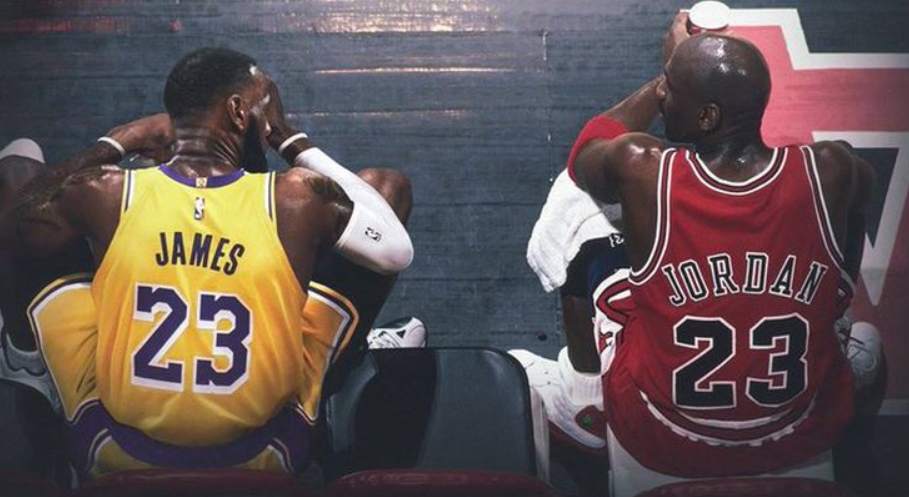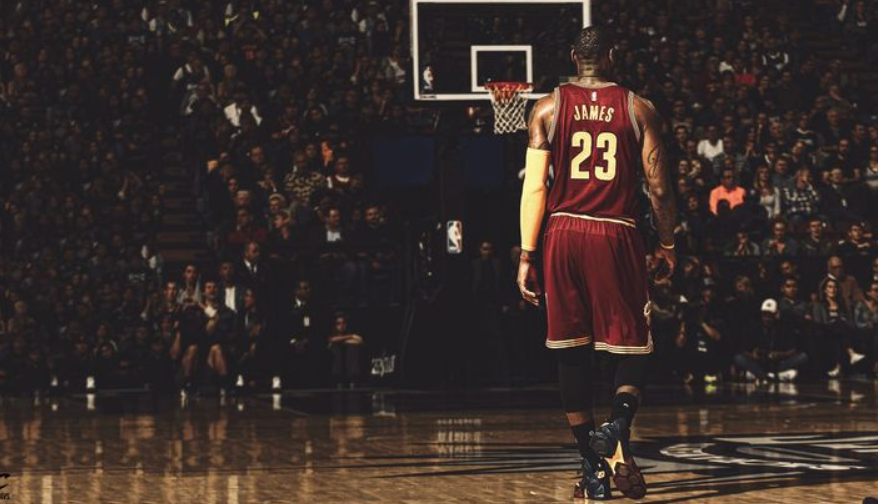NBA Weekly Trends: Why “Under 220.5 Total Points” Is Hot Right Now

This week in the NBA has looked more like a chess match than a shoot‑out. Scoring slumps, defensive resets, and pacing shifts have flipped the narrative — and punters are noticing. The under 220.5 total points line, once overlooked in the post‑All‑Star high‑score era, is now showing consistent edge. Games are tighter, shots slower, and hot streaks rarer. Here’s why the trend is real — and why it holds value beyond a few anomalies.
Defensive Renaissance & Tempo Dial‑Down
Teams have collectively shifted back to defensive structure amid trade turmoil, load management, and a punishing schedule. Pace has slowed league‑wide, and coaches are asking players to take the first shot only when it’s clean. That caution adds up:
| Metric | Difference (Y‑Y) | Impact |
| League pace (possessions per game) | –2.1 pp | 2 fewer possessions = ~4 fewer combined shots |
| Free throw rate | –3.5 pp | Slower offence, fewer likelihoods of fouls |
| 3‑point attempts/game | –1.8 | Less high‑variance scoring |
| Average points per game | –6.4 pp | 230 → 223 season‑to‑date |
Fewer possessions and fewer high-volume plays mean over 220.5 is hitting less often — and early November line‑setting still assumes indulgence.
Key Teams Fueling the Under Trend
Some franchises are cooking up low‑scoring systems — not by design, but by circumstance. What ties them together? Run defence, load‑managed stars, and slower rotations. And these are the early candidates for weekly under value:
– Memphis Grizzlies: Without Ja Morant, their offence creaks — but their D stays top‑10.
– Boston Celtics: A disciplined half‑court unit that drills in post‑entry cuts; no longer racing.
– Toronto Raptors: Low pick‑and‑roll volume, conservative shot profiles, and coach Ujiri’s no‑blitz approach.
– San Antonio Spurs: Old tempo tag‑no‑pick, late‑clock isolation mindset — slow sets, few points.
Across these teams, under 220.5 has hit in 7 of the last 10 matchups, while markets landed on the over just 3 times — and often badly underpriced.

Recognising Structural Unders — 5 Sharp Strategies
– Monitor pace and lineup screens — teams playing 9–10 benchers often slow rotation and speed
– Flag teams missing high-volume scorers due to rest (e.g. Kawhi, Durant) — they may still defend, but can’t score
– Play-in heavy schedule detection — teams with busy March/April games tend to back off pace
– Check recent first‑half scoring patterns — two halves under 109 often predict full‑game under
– Avoid trap under early in the week — games on Monday and Tuesday post-All‑Star often blow out due to a fresh bench
What Makes 220.5 the Sweet Spot
The line is high enough to capture standard variance — think 109–113 per team — but low enough to bury wide‑open games. Under 215 is too restrictive; under 225 often lacks structure. At 220.5 you balance that sweet point of passive effort meets defensive consistency.
The calendar matters too. Post‑All‑Star is custom‑built for under: teams are shred by wear, and coaches load‑manage for playoffs. That’s when the slowdown becomes systemic rather than stylistic.
Live Versus Pre‑Game Plays: Where the Edge Is
Live betting offers a sharper opportunity here. Sharp punters are waiting for:
– Games over‑fast early — live under kicks in if teams hit 60+ in the first quarter
– Effort fade after offensive brunch — if 3Q points under 52, live market often drifts while actual productions stay muted
– Second unit sliding — minutes 24–36 often trigger easier under entry
– Monitor bench minutes on broadcast ticker — depth rotations correlate with slower bundles
These are not one‑off triggers — they’re tempo and fatigue indicators that show why the full‑game total stalls.
Flow Doesn’t Mean Failure
Just because a game crosses 220.5 doesn’t mean the under thesis is wrong. Some nights remain tight and mid‑200s are entry point candidates. Unders could be your moneyline proxy in close games, and occasionally, under + moneyline (“under 220.5 & home win”) offers potent parlay play with low correlation.
The moral: under 220.5 isn’t a boring play — it’s a strategic response to league‑wide regressions, player load trends, and the timetable of rest‑first planning. These aren’t random outcomes. They’re predictable counter‑reaction markets.
If your lean is still on “over” because of last season’s 130‑point quarters, reassess. The league is in reset-mode, and the books haven’t adjusted down enough. Playing under 220.5 isn’t about denying talent. It’s about reading the macro trends — pace decay, roster flux, and strategic defence — and betting accordingly.
Leave a Reply